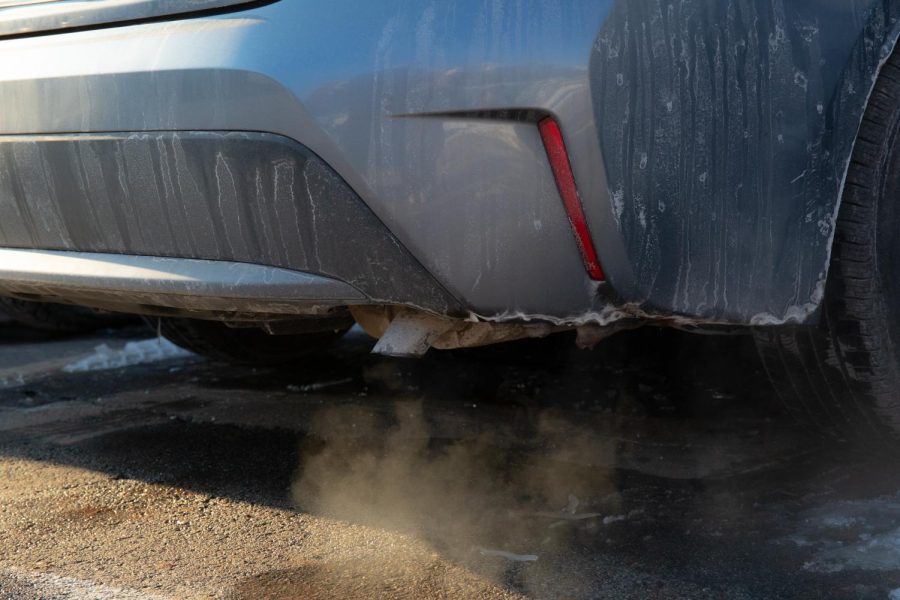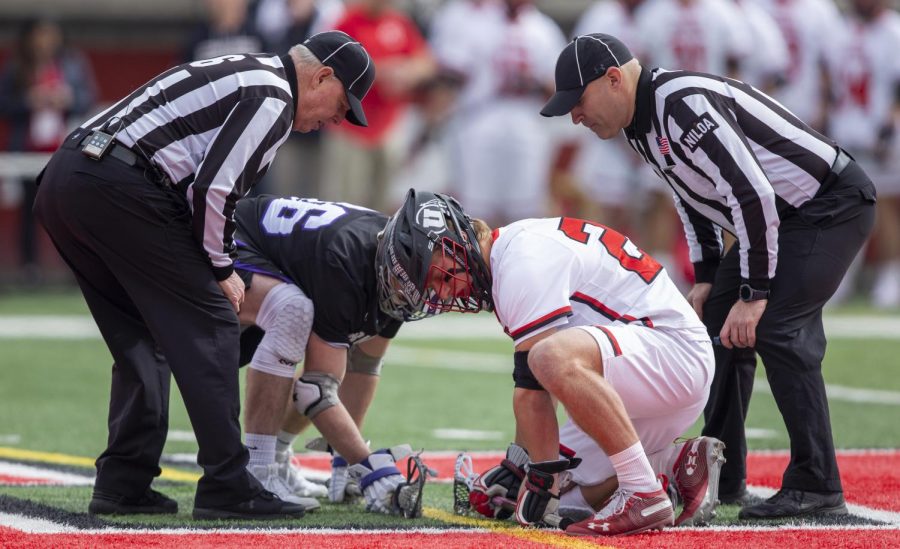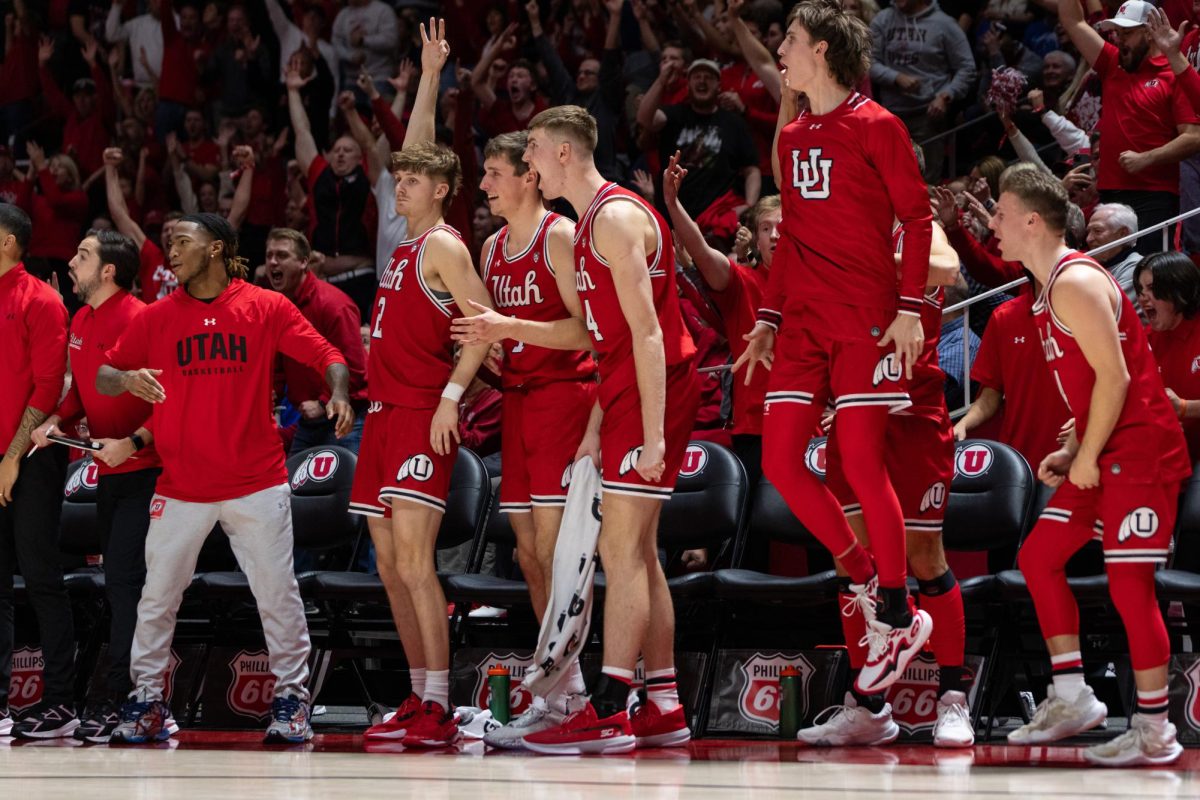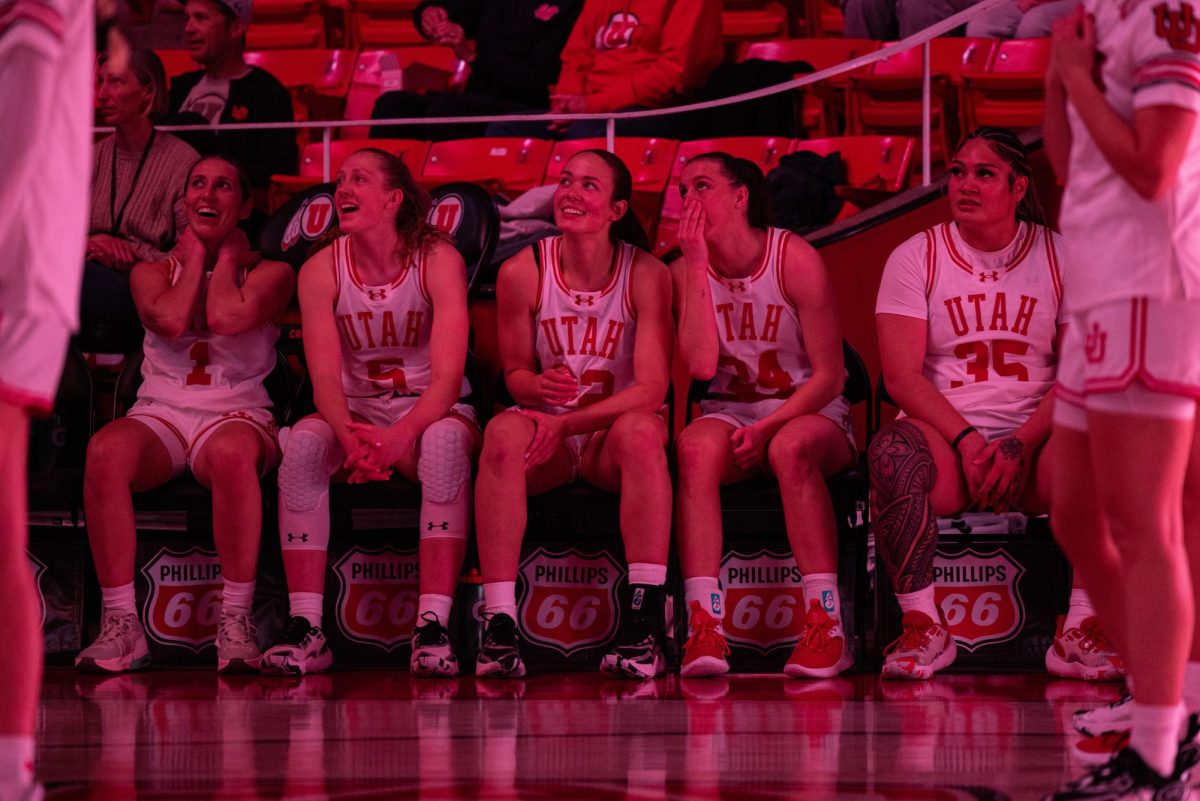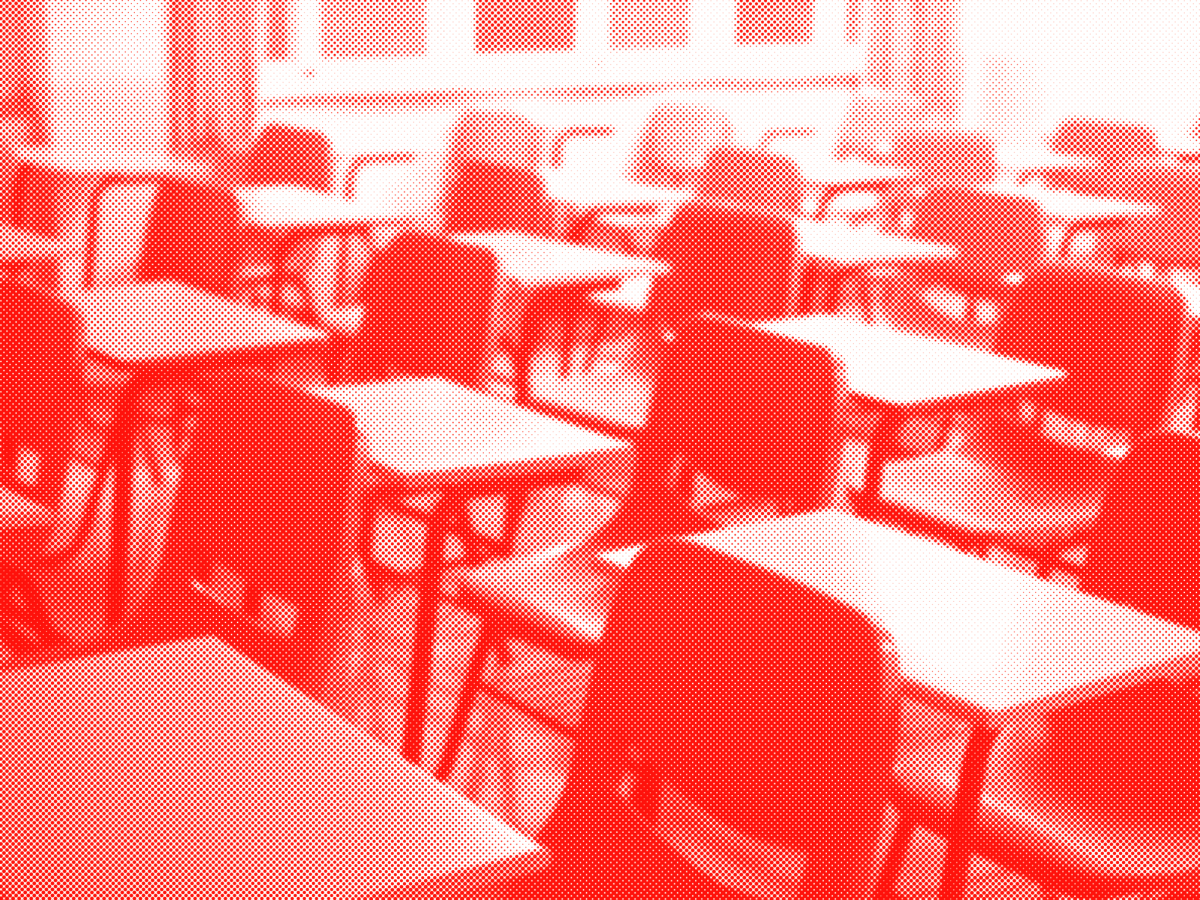U Professors Still Point to Emissions as Lead Cause for Inversion
Exhaust pipe of a running car at Shoreline Ridge on University of Utah campus in Salt Lake City on Wednesday, Feb. 1, 2023. (Photo by Julia Chuang | The Daily Utah Chronicle)
March 4, 2023
Since Jonathan Deesing wrote a story for The Daily Utah Chronicle in 2009 where University of Utah Urban Planning Professor Keith Bartholomew said car emissions are one of the leading causes of inversion in Utah, in some ways, not a lot has changed.
Fourteen years later, John Horel, professor of atmospheric sciences at the U, said emissions — from cars and elsewhere — are the lead cause, among many other factors, of inversion in the state.
Horel explained that Utah doesn’t fair terribly on the annual Environmental Protection Agency‘s particulate concentration count, but it’s still a big issue.
“We definitely have periods of very poor air quality, and we can be the worst in the nation,” Horel said. “But because of other locations’ summer particulate concentrations, Salt Lake City doesn’t come back that bad on the annual reports.”
According to a list U.S. News and World Reports compiled using 2021 data from EPA, Utah ranked 46th in the nation for lowest pollution.
How Inversion Happens
Horel said inversion can be better defined as “persistent cold air pools.” They’re caused by temperature inversions, making the winter the leading time for cold air pools, according to Horel.
Horel explained that once a winter storm produces snow on the ground, it creates a temperature inversion because the Earth’s surface is warmer and gradually gets cooler as you go aloft.
“After the storm passes and you have snow on the ground with clear skies, you lose a lot of radiation from the surface because of the snow, so it cools the atmosphere,” Horel said.
This acts as a lid, as the warmer air from above has nowhere to go because of the cool ground, said Horel. This causes the temperature inversion that creates the “consistent cold air pool.”
Horel added the lid of warmer air above the snow-covered cold ground forms a bubble of cold air that is then filled with pollutants from locals.
Dangers of Poor Air Quality
“Here in Salt Lake City in particular we have cars, industry and everything else that produces emissions,” Horel said.
Horel said cars emit direct pollutants, but added that they also emit precursor chemicals that become tiny particles.
“This can emit a lot of precursor chemicals that contribute to the development of little, tiny particles, things like nitrogen oxide and ammonia that will then have chemical reactions and create those little, tiny particles,” he said.
This is a concern according to Horel, because those tiny particles are the ones that can do the most harm to human health.
“The little particles from emissions after a cold air pool though, they make it through your airways and get stuck down in your lungs and that’s when most of the human health issues come in,” he said.
Horel explained one of the only ways to stop an inversion is another storm that is particularly strong, which transports the inversion horizontally and vertically and starts the whole process again.
To help cut down on emissions that contribute to inversions, Horel advised people to reduce driving, use public transportation or look into electric alternatives.
“We don’t know six months in advance when these conditions will come, but we do know ways we can reduce the issue,” Horel said.
Alexander Jacques, a research scientist and professor in the department of atmospheric sciences, has a website that takes photos of the daily air quality that the public can monitor. Jacques, along with his MesoWest team, spend their time looking at mountain meteorology, air quality and wildfire impacts around the Great Salt Lake.
The MesoWest team is made up of Horel, Jacques and a team of students at the U.
“Our research group has developed several instrument packages across the greater Salt Lake region for short-term field studies and longer-term monitoring,” Jacques said.
Jacques said they also have a series of air quality sensors on the light rail that take photos daily.


